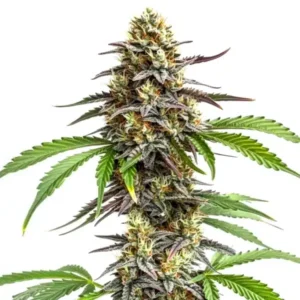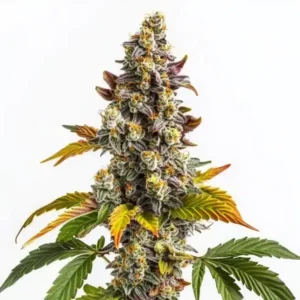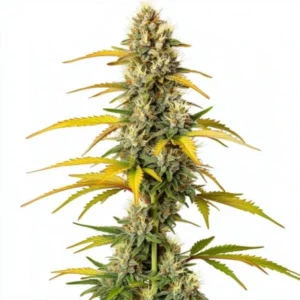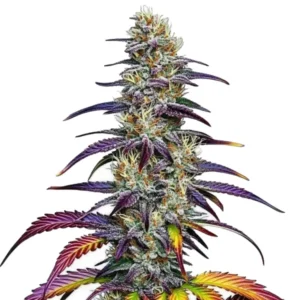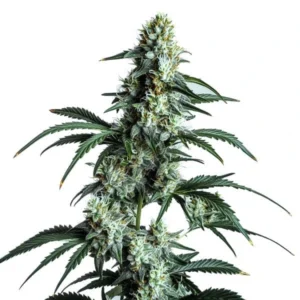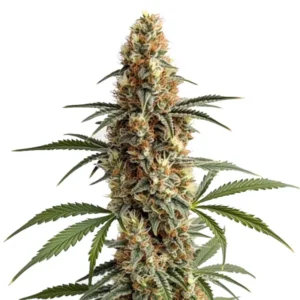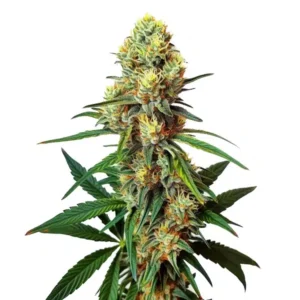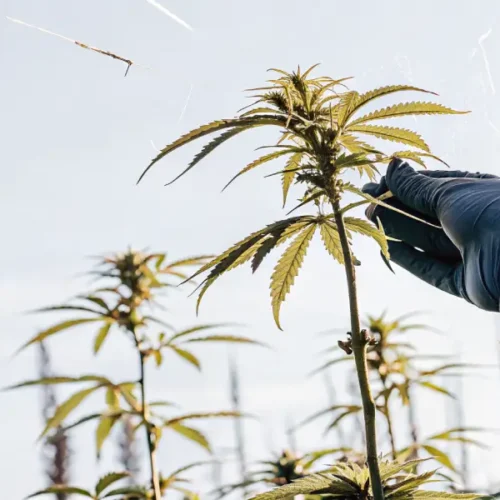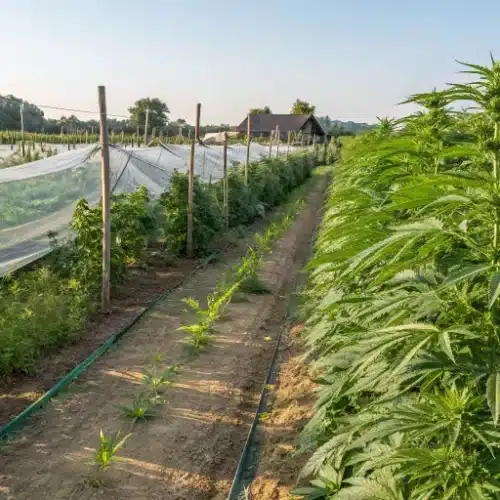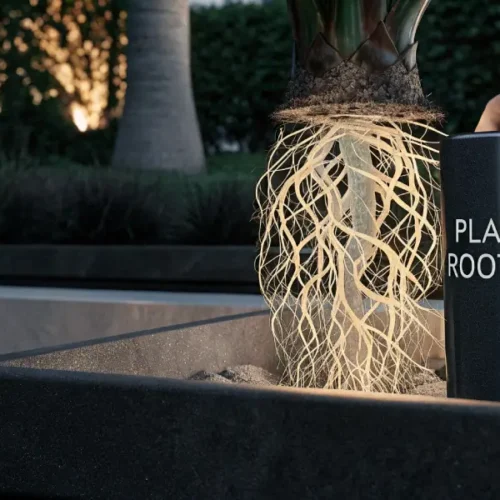
Bugs on My Cannabis Plants Roots in Hydroponics
Growing cannabis in hydroponic systems offers many advantages, such as faster growth and bigger yields. However, it also comes with its own set of challenges. One common problem is bugs on my cannabis plants roots in hydroponics. These pesky invaders can damage the root system, leading to stunted growth and reduced yields.
Pests affecting the roots of cannabis plants in hydroponic systems can be a nightmare for growers. They are often difficult to spot and can cause significant damage before being detected. Some common root pests in hydroponic cannabis setups include root aphids, fungus gnats, and nematodes. Each of these pests has its own unique characteristics and requires different methods of control.
Identifying root bugs in hydroponic cannabis is crucial in maintaining a healthy grow environment. Regularly inspecting the roots can help catch infestations early. Healthy roots are white and firm, while infested roots may appear brown and mushy. Knowing what to look for can make all the difference in preventing root pests in cannabis hydroponics.
Common Root Bugs in Hydroponic Cannabis
Root aphids are one of the most common pests found in hydroponic cannabis systems. They are tiny insects that suck the sap from the roots, causing the plant to weaken and become more susceptible to disease. These pests can often be identified by the white, powdery substance they leave behind.
Fungus gnats are another common pest in hydroponic cannabis systems. These small, dark flies lay their eggs in the growing medium. The larvae then feed on the plant roots, causing damage and stunting growth. The presence of adult gnats flying around the grow area is usually a sign of an infestation.
Additionally, the damage caused by these root pests in hydroponic cannabis systems can lead to secondary infections. Bacterial and fungal pathogens may invade the damaged root tissue, compounding the problem. This can result in even more significant plant stress and reduced yields if not managed promptly.
For effective management, it is crucial to understand the lifecycle of these pests. By targeting the most vulnerable stages, such as larvae or eggs, growers can disrupt the reproductive cycle and reduce pest populations. Integrated pest management strategies often combine cultural, biological, and chemical controls to achieve this balance.
Nematodes and Their Impact on Cannabis Roots
Nematodes are microscopic worms that can wreak havoc on cannabis roots in hydroponics. They enter the root system and feed on the plant tissue, leading to root decay. Infested plants may show signs of wilting, yellowing, and stunted growth.
Preventing root pests in cannabis hydroponics involves a combination of good hygiene and regular monitoring. Keeping the grow area clean and free of debris can help deter nematodes and other pests. Additionally, using sterilized growing media and equipment can reduce the risk of introducing these pests into your system.
To further combat the threat of nematodes, growers can introduce beneficial organisms into their hydroponic systems. Certain predatory nematodes can help control populations of harmful nematodes by feeding on them. This biological control method is a sustainable way to manage bug infestations in cannabis roots hydroponically.
It’s also important to consider the function of environmental factors in nematode management. Temperature and humidity levels within the growing area can influence nematode activity. Maintaining optimal conditions for cannabis growth can inadvertently suppress nematode populations, enhancing overall plant health.
Promos & Deals
Hydroponic Cannabis Root Bug Infestation Solutions
Managing bug infestations in cannabis roots hydroponically requires a multi-faceted approach. Biological controls, such as introducing beneficial insects, can help keep pest populations in check. Ladybugs and predatory mites are effective against root aphids and fungus gnats.
Chemical treatments are another option for controlling root pests. However, they should be used as a last resort due to potential harm to the plant and the environment. Always follow label instructions and consider the impact on your final product before using chemicals.
Innovative solutions such as using beneficial bacteria or microbial inoculants can enhance root health and resilience against pests. These products promote a healthy root microbiome, making it more difficult for pests to establish themselves in the hydroponic system. This proactive approach can be a cornerstone of hydroponic cannabis root bug infestation solutions.
Another method includes modifying the nutrient solution to create an environment less favorable for pests. Adjusting nutrient levels or pH can deter certain pests, making it more challenging for them to thrive in the system. Regular testing and adjustment of the nutrient solution can be an effective preventative measure against root pests.
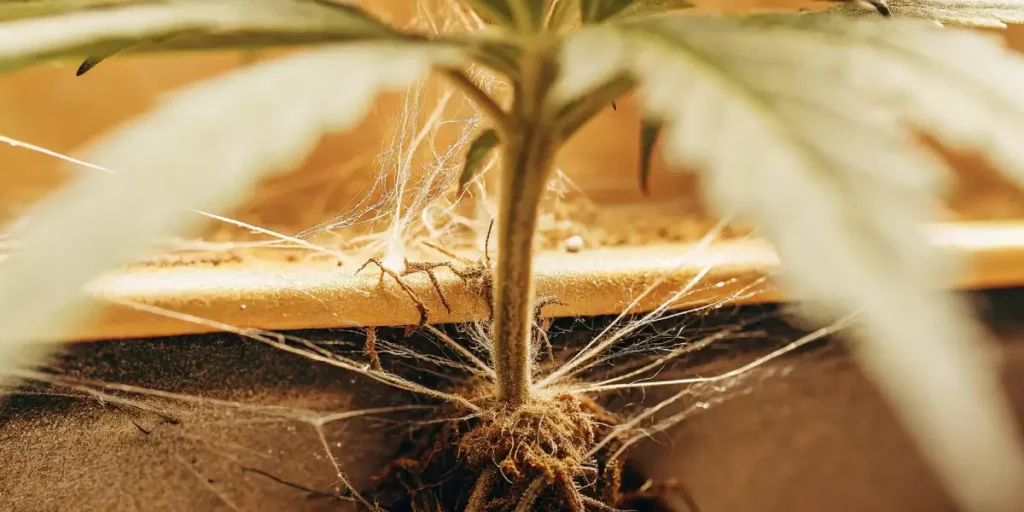
Organic Methods for Pest Control
Many growers prefer organic options for dealing with bugs on my cannabis plants roots in hydroponics. Neem oil and insecticidal soaps can be effective against a range of root pests. These treatments are less harmful to the plant and ecosystem while still providing effective control.
Another organic method is using beneficial nematodes, which are natural predators of harmful nematodes and other root pests. They can be introduced into the hydroponic system to control pest populations without harming the plant.
Organic solutions also include the use of essential oils, such as peppermint or rosemary, which can deter pests with their strong scents. These oils can be added to the nutrient solution or applied directly to the roots in low concentrations for added protection.
Companion planting in hydroponics is another organic strategy. Certain plants can repel pests or attract beneficial insects, creating a natural balance within the grow environment. This method requires careful selection of compatible plant species that can thrive in a hydroponic setup.
Preventing Future Infestations
Preventing root pests in cannabis hydroponics starts with a clean growing environment. Regularly sanitize equipment and containers to prevent the entry and spread of pests. Inspect new plants before introducing them into your hydroponic system to ensure they are pest-free.
Quarantine new plants for a few days before placing them with your existing crops. This practice can help prevent the entry of pests into your grow environment. Also, consider using pest-resistant strains, such as Blimburn Seeds’ Blue Dream, which is known for its hardiness and resistance to common pests.
Implementing a routine inspection schedule can be one of the most effective strategies for identifying root bugs in hydroponic cannabis early. By regularly checking for signs of pests, growers can take immediate action to mitigate any potential infestations before they become severe.
Additionally, investing in high-quality air filtration systems can help reduce the presence of airborne pests and pathogens. Clean air circulation is crucial in maintaining a healthy grow environment, limiting the opportunities for pests to enter the system.
Monitoring and Maintenance
- Regularly inspect roots for signs of pests or disease.
- Maintain optimal pH and nutrient levels to support healthy root growth.
- Use sticky traps to monitor for adult insects like fungus gnats.
- Employ integrated pest management (IPM) practices to control pest populations.
By staying vigilant and maintaining a clean grow environment, you can reduce the risk of pest infestations. A healthy hydroponic system is less likely to succumb to pest pressures, ensuring a productive grow.
Technological advancements in monitoring tools, such as digital sensors and cameras, can aid in early detection of pest issues. These tools allow for real-time tracking of environmental conditions and pest activity, enabling growers to make informed decisions quickly.
Consistent education and staying updated with the latest research and techniques in pest management can empower growers to tackle pest challenges effectively. Joining online forums or grower communities can provide valuable insights and support from experienced peers.
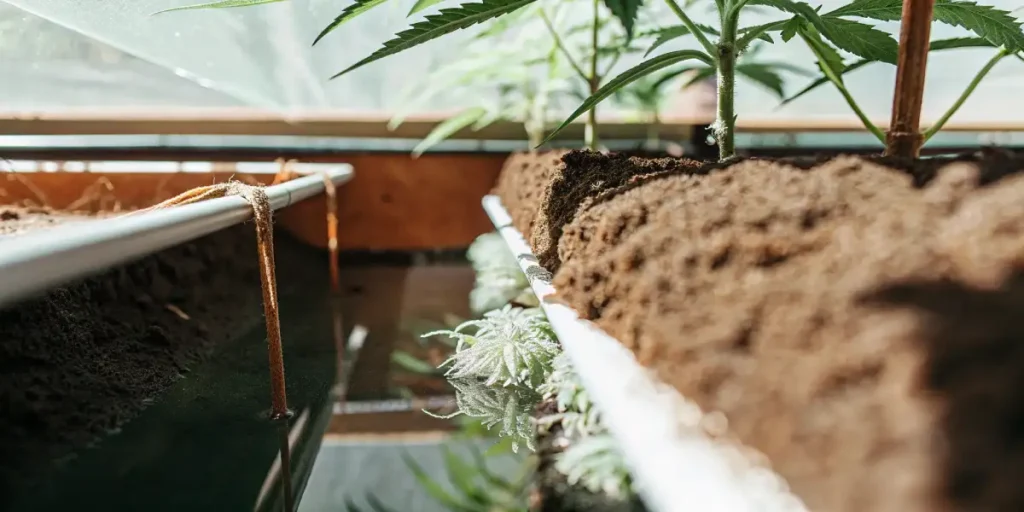
FAQ Section
What are the signs of a root bug infestation in hydroponic cannabis?
Signs of a root bug infestation in hydroponic cannabis include yellowing leaves, stunted growth, and wilting. The roots themselves may show signs of damage, such as browning or mushiness. Finding adult insects, like fungus gnats, flying around the grow area can also indicate an infestation.
Regularly checking the roots and the surrounding growing medium can help catch infestations early. Use a magnifying glass to look for tiny insects or eggs on the roots. Healthy roots should be white and firm, so any deviation from this can be a sign of trouble.
In some cases, plants may exhibit unusual nutrient deficiencies despite adequate feeding. This can be a result of root damage caused by pests, impairing the plant’s ability to absorb nutrients effectively. Monitoring plant health closely can provide additional clues to the presence of pests.
Persistent issues with nutrient uptake or unexplained plant stress should prompt a thorough investigation into root health. Utilizing tools such as root zone cameras can offer a closer look at the root system without disturbing the plant, aiding in early detection of pests.
How can I prevent bugs on my cannabis plants roots in hydroponics?
Prevention starts with cleanliness. Keep your grow area free of debris and regularly sanitize your tools and equipment. Introduce only pest-free plants into your hydroponic system. Quarantine new plants for a few days to monitor for any signs of pests.
Using pest-resistant strains can also help. Strains like Sour Diesel and Blue Dream from Blimburn Seeds are known for their resilience against common pests. Incorporating these strains into your grow can reduce the likelihood of infestations.
Maintaining a consistent grow room climate can also deter pest establishment. Stable temperature and humidity levels reduce stress on plants and create an environment less conducive to pest proliferation. Automated climate control systems can aid in maintaining these optimal conditions.
Regularly rotating crops or changing the type of plants grown in a hydroponic system can break pest life cycles. This practice, known as crop rotation, can limit pest populations by disrupting their preferred host plant availability.
Are there organic solutions for dealing with root pests in hydroponics?
Yes, organic solutions like neem oil and insecticidal soaps can be effective against many root pests. These treatments are safer for the plant and the environment compared to chemical options. Beneficial nematodes are another organic solution that can control harmful nematode populations.
Organic methods can be as effective as chemical treatments when used properly. They also align well with an organic growing approach, making them a popular choice for many cannabis growers.
Other organic solutions include using compost teas or microbial inoculants, which can improve soil health and enhance plant resilience. These natural amendments can foster a robust root environment, making it more challenging for pests to take hold.
Encouraging biodiversity within the grow area can also be beneficial. Introducing flowering plants that attract natural predators of common pests can create a balanced ecosystem that naturally regulates pest populations.
Can hydroponic systems be pest-free?
While it’s challenging to have a completely pest-free hydroponic system, it is possible to maintain a low pest population with proper management. Regular monitoring and maintenance are key to keeping pests at bay. Employing integrated pest management practices can help control pest populations naturally.
Maintaining a clean, sanitized grow environment significantly reduces the risk of pest infestations. By being proactive and attentive, growers can enjoy a healthy and productive hydroponic cannabis grow.
Consistent application of preventative measures, such as quarantine practices and routine inspections, can minimize the risk of introducing new pests into the system. Combining these practices with robust pest-resistant strains can further enhance system resilience.
Advanced hydroponic systems with enclosed environments and controlled access can limit pest entry points. Such systems can be particularly effective in maintaining low pest populations by reducing opportunities for contamination from external sources.
What should I do if I find bugs on my cannabis plants roots in hydroponics?
If you find bugs on your cannabis plants roots in hydroponics, act quickly to manage the infestation. Start by identifying the type of pest you’re dealing with, as this will determine the best course of action. Consider using biological controls like beneficial insects to combat the pests.
If the infestation is severe, you may need to resort to chemical treatments. Use these as a last resort and follow label instructions carefully to minimize harm to your plants. Continuous monitoring and management will help prevent future infestations.
Documenting pest occurrences and the effectiveness of different treatment methods can provide valuable insights for future pest management strategies. Keeping detailed records allows growers to refine their approaches and improve outcomes over time.
Reassessing and adjusting cultural practices, such as watering schedules and nutrient management, can also mitigate pest impacts. Ensuring that plants are not over- or under-watered can help maintain root health and resilience against pests.

